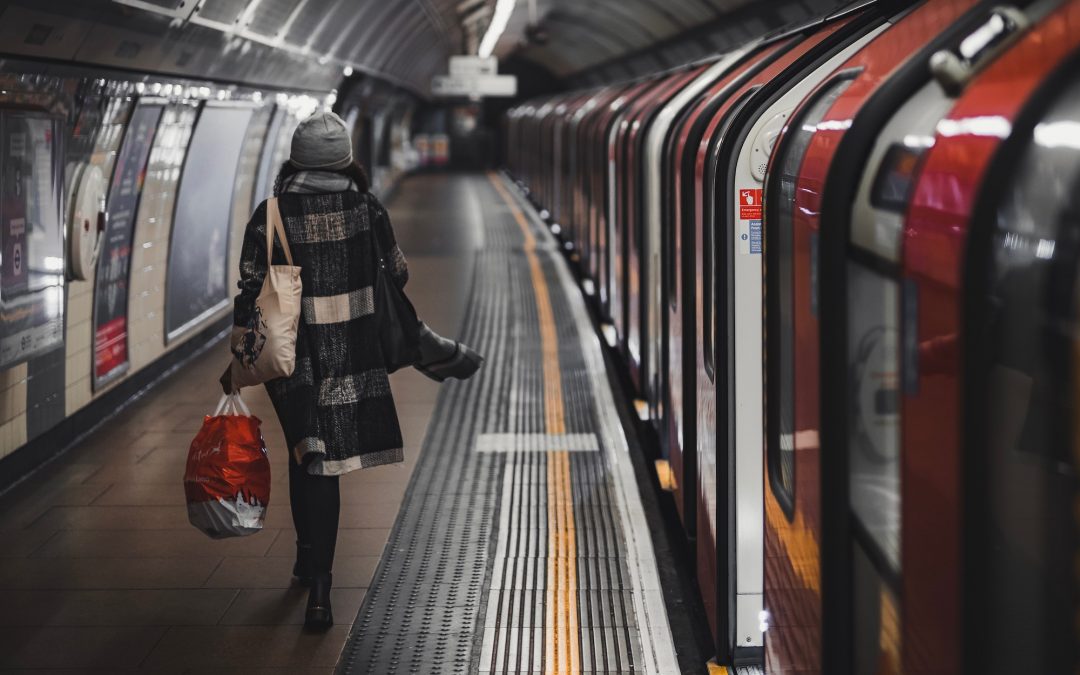On July 17, the Prime Minister announced that he was abandoning the advice to “work from home where you can” to encourage people back into the office. However, recent data from the Centre for Cities thinktank revealed that just one in six workers have gone back to work in cities this summer. The data also showed that, in the first two weeks of August, footfall in cities was just 17% of pre-lockdown levels.
Whilst many continue to work from home, the knock-on effect this is having on businesses operating within city centres will be catastrophic. Bars, restaurants, coffee shops, beauty salons, and sandwich bars which have relied on the spend of city centre workers have an uncertain future. It’s hard to disagree with London Mayor Sadiq Khan’s ‘bagel like’ recovery analogy. Footfall and expenditure in London subburbs is increasing but central London remains extremely quiet.
We speak from first-hand experience. As a specialist front of house security provider with a strong focus on London, the level of footfall coming through our corporate buildings is frighteningly low with many of our larger buildings operating at approximately 10-15% of maximum occupancy. Employers are reluctant to allow their staff to travel on packed trains, who also remain nervous about commuting to work. We understand and empathise with this.
None of this is helped by the roll out of congestion charges in London, which is now 7am to 10pm Monday to Sunday. At the height of lockdown, key workers were able to drive into work and park up at their convenience. This was particularly useful for our night security officers. Now they fall into the congestion charge and as a result are forced to use public transport, which no one wants at this particular time. The Government needs a strategy to encourage people back into city centres, both for work and cultural visits. Addressing the congestion charges should be a priority. If all else fails, perhaps the Chancellor should consider replicating a German-style model and extending the furlough scheme to 24 months. Anything to add levels of reassurance and security.
As we emerge from lockdown, cities have also revealed alterations to how their roads and pavements are used. One of our buildings, 6 Bevis Marks, a Grade-A office and retail space in the heart of the City, has introduced many COVID-19 procedure changes.
The management of the building now relies on digital copies only – all paper logs have been removed. Furthermore, no external couriers, delivery drivers, or postmen are allowed in the building. All must now use one of the limited external access points.
This does impact our security officers. It takes more time for all occupiers to understand new limitations in the building and sometimes people don’t necessarily want to obey new rules. Security officers themselves need to get used to the new measures of keeping the required distance from people and regularly washing their hands. We are having to be patient and empathetic as some clients understandably do react with some frustration to the new rules.
Floor and wall signage to aid directions throughout the building is complimented with a one-way system in the main reception. Our staff are using counters to ensure the right occupancy levels and reporting if these are exceeded. They’re directing a two person-per-lift policy which, in high-rises can be a challenge. However, with footfall still so low, this isn’t posing as a significant challenge yet.
The next time to gauge the level of activity within London will be when the kids go back to school.
If things don’t rapidly change, then the future of London should concern us all. The performance of our capital has a direct impact on local economies throughout the UK. The sustainability of its economy is at the point of no return and the pace at which working patterns is moving back towards pre-pandemic levels look some way off. We can’t take London’s role for granted. We need to address this emergency before the economic ripples turn into crashing waves on us all.
This story was featured in TwinFM on 24th August 2020: https://www.twinfm.com/article/low-city-footfall-congestion-charge-and-the-effect-on-security-officers

